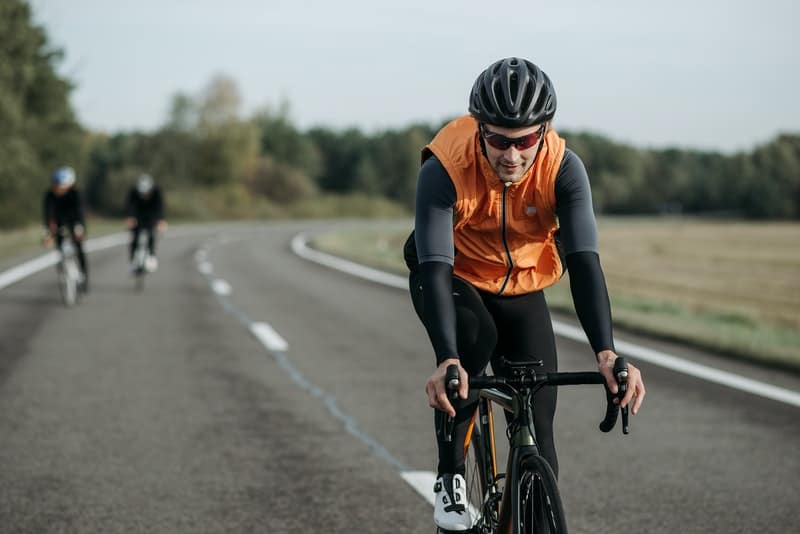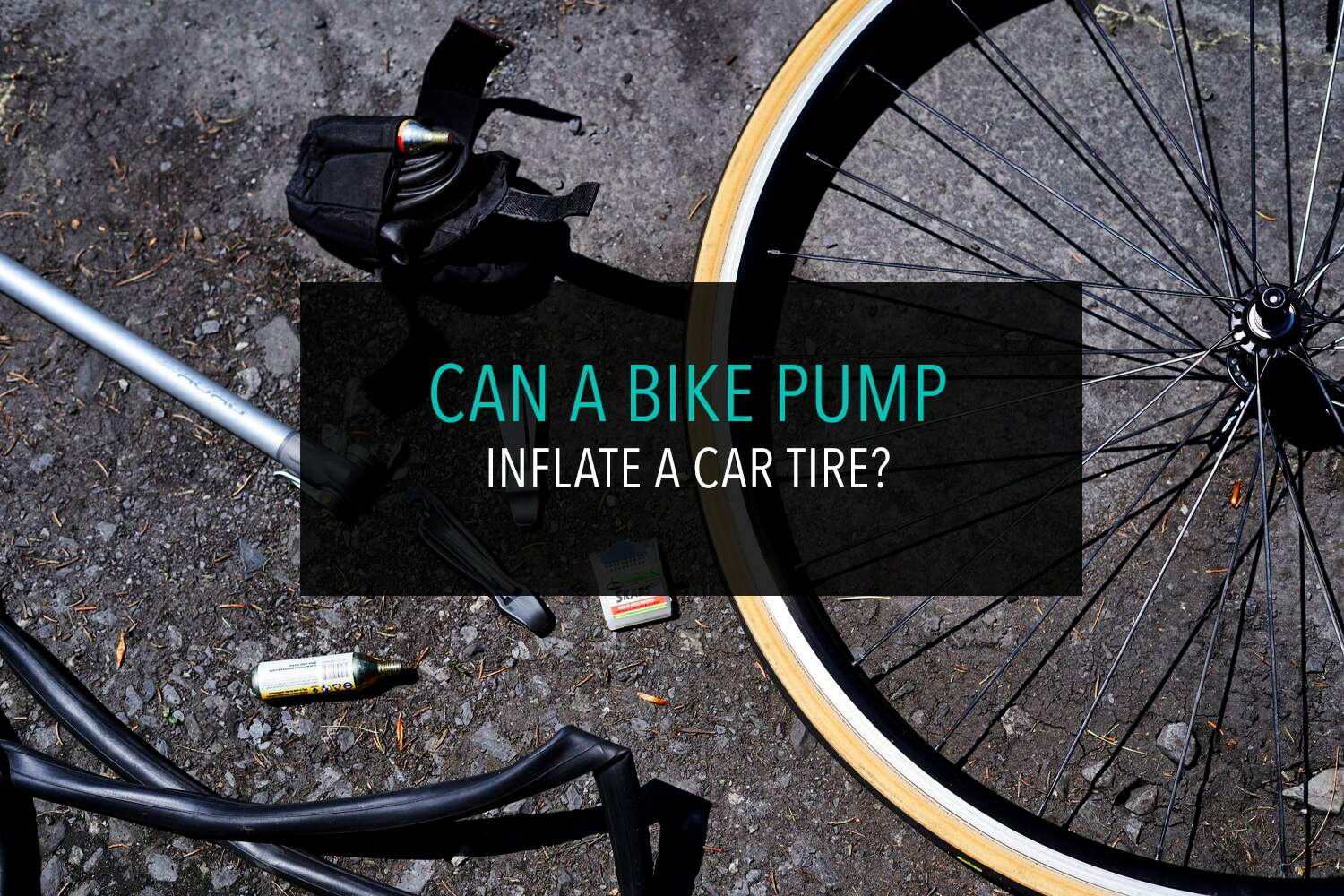This typical question is popular on search engines like Google. If you begin typing, “will cycling” onto the Google search bar, the autofill options provide a plethora of questions concerning the impacts, benefits, and side effects of cycling to the legs and body. From such questions, it’s understandable that people want to know just how much cycling will change their body, especially if one is new to cycling.
Cycling is considered one of the best aerobic exercises with low impact and a myriad of benefits. Its varying intensity makes it suitable for all ages. Besides being a wonderful workout activity, you can cycle as a means of transport, join the intensive competition, or just cycle for casual activity. Cycling is also the best source of leg exercises there is.
Even though some people consider cycling a full-body workout, the legs are the primary health beneficiaries of cycling workouts. Once you have been cycling for a while, the results on the muscle groups of your lower body are limitless.
Below, we shall explore the leg muscles used in cycling, the positive and negative side effects of cycling on the legs, as well as best practices of cycling.

Leg Muscles used in Cycling
Cycling is a fun and enjoyable workout activity that puts your muscles to work. However, which specific muscles do we work on when riding a bike? Whether cycling on an outdoor mountain bike or an indoor recumbent bike, we use our muscles and joints to drive pedals, which produces the power to propel us forward.
We use a group of four muscles situated at the front of the thigh, and at the top of the leg called the quadriceps, and a group of muscles at the back and upper side of the legs called the hamstrings. The glutes Maximus (buttock muscles) also contribute significantly to the cycling process.
Cycling also relies on the hip flexors, calf muscles, Plantarflexors, and the Dorsiflexors foot muscles for movement. When all these muscles contracts in a sequence it creates the motion of pedaling.
When exercising with an upright bike (either indoor or outdoor), you use all of the four groups of leg muscle grouped with the abs and back muscles. However, recumbent bikes mostly exercise the leg muscles with less exertion from the back or core muscles because the cyclists sit in a reclined position.
Positive Effects of Cycling to Your Legs

1. Tones and Sculpts the Muscles Fast!
Did you know, you begin toning your muscles as soon as you get on a bike and start pedaling? Indeed, if you check out the legs of competitive bike riders- like those from Tour de France and World Tour, you will likely notice that they have perfectly sculptured leg muscles.
Cycling is a leg-dominant sport, so it’s not a surprise to see the legs of experienced cyclists gain definition. Through the element of resistance element of cycling, cyclists don’t just burn calories, they also build muscles, especially around the calve, quads, glutes, and hamstrings. This is probably why popular clothing brands like Lewi make special pants to fit cycling enthusiasts with huge strong quads but trim waists.
The appearance might be different depending on how you are cycling, whether you are riding on the track or the road. Road cyclists tend to acquire lean and slimmer appendages, whereas people who ride track have bigger and staked muscles. The track cyclist gets their huge muscles mostly from gym work with a focus on lifting heavy weights to increase their raw strength and power. Road cyclists exercise too but they usually focus on stability instead.
Either way, exercising on a bicycle helps to get your legs in shape and sculpt the muscles fast when done in the right way. The muscles on the entire body might get affected by cycling; however, the impact on the leg muscles far outweighs that on the upper body.
If you are a beginner cyclist and you want to tone your leg muscles fast, stationary bikes are the best option. By increasing the resistance levels of your bike, your muscles work harder thus increasing muscle mass.
2. Enhances the Leg Strength
If you use high resistance and low cadence (how fast the pedals are rotating) on your bike, you are likely to increase your overall leg strength. By targeting the calves, glutes, quads, and hamstrings, cycling will increase the leg strength without putting unnecessary stress on them.
To achieve maximum length strength, experts recommend using a cadence below 80 revolutions per minute. You can also use a gear with considerable resistance for maximum effect. You can also incorporate weightlifting exercises into your workout regime to enhance cycling performance.
The best way to build the strength of the legs is by spinning on stationary bikes. This type of cycling targets almost all muscles on the lower body to create a desirable effect. You can start by using a low resistance setting then gradually increasing it to a more challenging level. Overtime spinning will toughen and revitalize your muscles.
3. Increases Leg Endurance
Proper cycling can enhance legs endurance. Cyclists with enhanced leg endurance can cycle for hours without experiencing fatigue.
To increase your leg endurance, you need to use the opposite effort and effect as you put in for length strength. Leg endurance requires low resistance and high Candence in cycling. You can achieve this by using a low gear setting and a cadence of more than 100rpm. For example, if you have a 15- speed bike, you can set the bike to low and six-low as the smallest gear at the pedals and sixth as the sixth outward gear from the back wheel.
In the likelihood that the high cadence setting leaves you gasping for breath, you can toggle with cadence and resistance settings until you find one that suits your level of fitness.
4. Improves Coordination
To ride a bike, you need cooperation between most of the muscles in your body. When a child is trying out a bicycle for the first time, they tend to fall off easily because they lack the coordination between muscles. The legs must work in sync so that you can pedal.
As one leg goes down with the pedal, the other leg must instinctively push up the opposite pedal to achieve motion. At the same time, you have to maintain balance on the bicycle by using your pedal and ore at the same time. The arms must also work together to handle the brake and the handlebars. After cycling for a while, you are likely to notice that the coordination of your lower and upper body muscles improves.
Negative Effects of cycling to Your Legs

1. Leg Fatigue
Have you ever gone cycling and discovered you had no power in your legs to cycle? No matter how much you try to pedal, you just can’t seem to muster the strength for a few extra inches. If yes, you have likely experienced fatigue in the legs. Cycling with tired legs is a sure sign that you are riding your bike without a recovery period.
The simplest explanation why the legs of s cyclist get tired is because the muscles run out of adenosine triphosphate (ATAP) the chemical that powers the muscle contractions. ATP can run out whether a cyclist is doing short, intense workout regiments or longer and harder workouts
Another possible reason why the legs might get fatigued is that when cycling, the respiratory muscles get overworked, prompting the body to redirect oxygen from the limbs to the lungs. Oxygen is an important component of the reaction that powers the cells for long-term activity with insufficient supply into the body, the muscle’s endurance decreases.
To get rid of muscle fatigue from your leg, consider taking a 3o minute easy ride at a leisure pace. The goal of this activity is to remove the lactate build up from the previous ride, which reduces endurance and increases muscle fatigue
2. Can Be Bad for your Knees
One of the main reasons why people opt for cycling as an exercise activity is the fact that it’s a low-impact sport. This means that cycling is gentle on your legs. However, being a very repetitive sport, your legs can rotate up to 5000 revolutions per hour.
This could have health implications on leg joints such as the knee. It is no wonder that the most common lower-body complaint in cycling is knee pain. Research even shows that over 40% of recreational bike riders experience knee pains from over cycling.
The numbers do not however mean that cycling is bad for your knees. The cyclists who are prone to hurt their knees are those who suddenly start riding faster, harder, or longer than they have ever been. The leg’s connective tissues are not usually conditioned to bear too much weight which makes the joints get inflamed and at out. To prevent knee injuries, cyclists should increase their cycling mileage progressively, by at least 25% every week.
Another major reason why cyclist hurt their knees while cycling is because of using heavy gears at low credence (60 to 75rpm). This places a heavy weight through the kneecap, every time you stroke the pedal. You can remedy this by lowering the load and increasing the cadence using the gears to rotate above 80rpm.
Tips for Toning the Leg Muscles through Cycling

As you can see from the list above, cycling has more benefits to your legs than disadvantages. So now that you know that you can increase the strength, endurance, and mass of your leg muscles, how do you go about doing it?
Most people think that by buying an expensive mountain or dirt bike and hitting the pavement, they will rip on the wealth of benefits of cycling on the leg muscles. They end up putting a lot of effort, time, and resources into cycling but end up not achieving the desired results.
However, to achieve those picture-perfect leg muscles as those flaunted by professional cyclists, there are a few things you need to adhere to. Here are 5 tips on how best to tone your leg muscles through cycling.
1. Use the Proper Seat Height
Incorrect seat height settings are common mistakes among many novice cyclists. They are either set too high or too low to produce the proper toning effect on the leg muscles. To achieve uniform toning of the upper and lower leg muscles, seat height is key.
Consider setting your seat high enough so that it stretches your legs with each pedal but not too high that it goes over the pedals. Your leg should be slightly bent at the pedal’s lowest point. If you overextend the legs when pedaling, you are likely to experience a strain at the back of the knees.
To attain a proper seat height, consider loosening the seat pole and stand on your bicycle. Then put the back of your foot on the pedal when it’s set at its lowest point. Proceed to push the pedal off as you extend your leg ensuring that there is a slight bend at the knee. Finally, raise the bike seat to meet your behind, then retighten the screw on the seat pole.
2. Place the Ball of the Foot on the Pedal
If your goal is to work on your calves, then ensuring proper foot placement on the pedal is the way to go about it. Placing the balls of your feet on the pedal not only provides good balance but also exercises each calf muscle.
Placing the heel or mid-foot on the pedal only works the outer calf of your leg. However, if you balance the balls of your feet on the pedal during cycling, you will work out the three main calf areas namely; the soleus, the gastrocnemius lateral head, and the medial head. Correct ball placements also work out the upper thigh muscles, hamstring, and quadriceps.
3. Keep Pedaling
The whole idea of cycling as a fitness method is to ensure that your legs stay in motion. When riding on a coast or downhill, most people can comfortably pedal due to minimal resistance. However, when cycling uphill, some cyclist gets off the bike and opt to walk. This is counterproductive.
When you start cycling, ensure that you keep pedaling, preferably at a constant rate until you achieve your milestone. Even when riding uphill, you can shift gears to a lower setting. You will be amazed at how easy it will be to cycle uphill by adjusting your gear system.
4. Ensure Your Body Is Hydrated
Water is perhaps the single most important nutrient in toning muscles while cycling. Whenever you are exercising, the water transports the energy throughout the body, aiding in the secretion of waste products from the body cells.
The water, in turn, suppresses your appetite, helping the body to metabolize and break down glucose deposits. The water also prevents cramping and keeps the joints in the body healthy. In fact, the synovial fluid, which lubricates the joints, is made of water.
5. Eat a healthy Meal after Cycling
According to research from nutritionists the glycogen synthase, the enzyme that turns carbohydrates into glycogen for energy storage tends to be active immediately after exercise. If you eat carbohydrates within an hour after exercising, you increase your energy reserves more than you would have after ingesting food an hour after exercising.
Always ensure that the meal you take after cycling has a balanced diet and is full of nutrients. A mere snack of chips and a soda drink will not just cut it because when cycling, your body burns countless vitamins and excreted minerals. This breaks down the body muscles as you are cycling. To rebuild these muscles, the body needs a healthy meal. You can supplement your diet with some vitamins if need be.
The Bottom Line
As it is well known and documented, cycling is one of the best methods of keeping your overall body healthy and your muscles toned. It helps tone the muscles of the body with lasting psychological effects on the minds of cyclists. However, one of the main aesthetically charged questions that people still want to know is what exactly cycling can do to their legs.
When this endeavor is properly undertaken, cycling can help build and sculptor the muscle mass of the legs, enhance length strength coordination, and improve muscle endurance. Cycling can also have negative consequences when improperly handled. It can create knee problems and leg fatigue as well.
To ensure that your legs get the best out of a work out ensure that you adjust the height of your bike seat, correctly position the ball of your feet on the pedal, hydrate, and eat a healthy meal. Whether using an outdoor bike or a stationary indoor exercise bike, the cycling tips will ensure your leg muscles ultimately remain healthy, well-toned, and structured. This is the overall goal of cycling.



